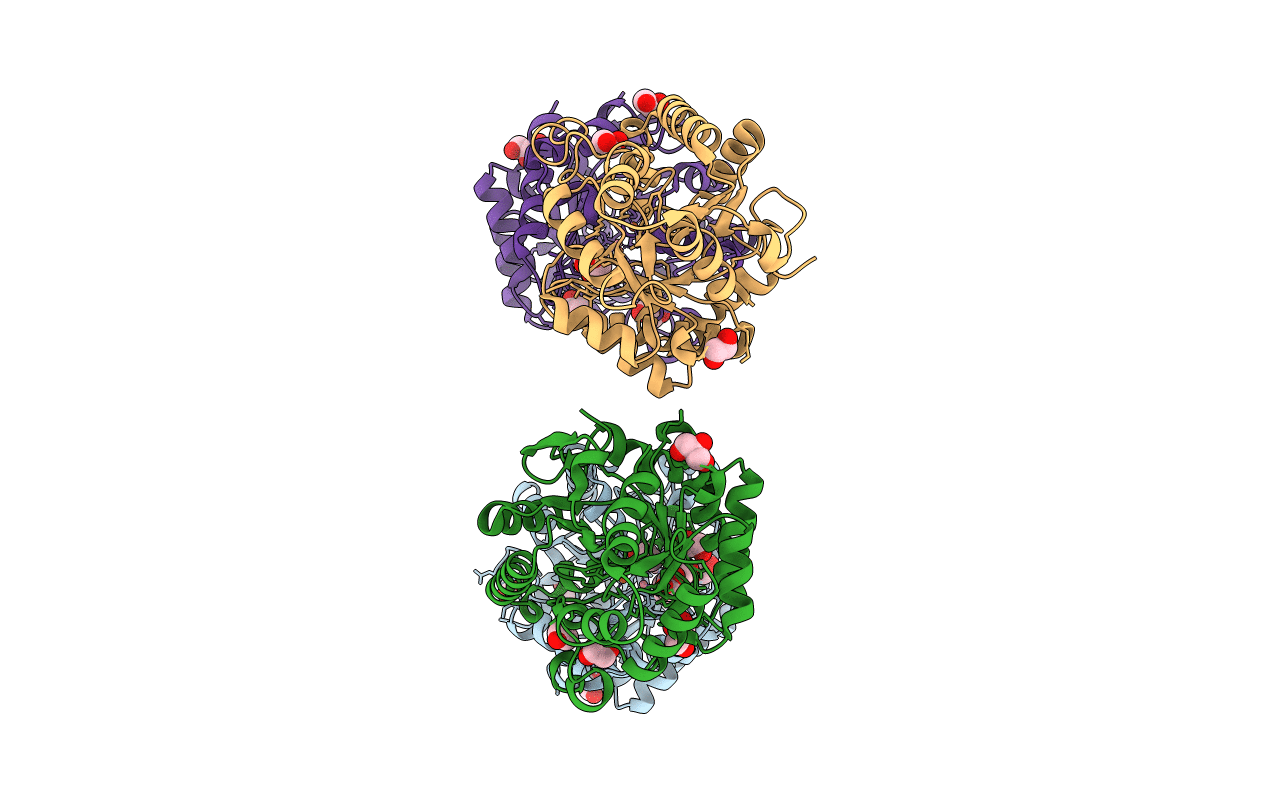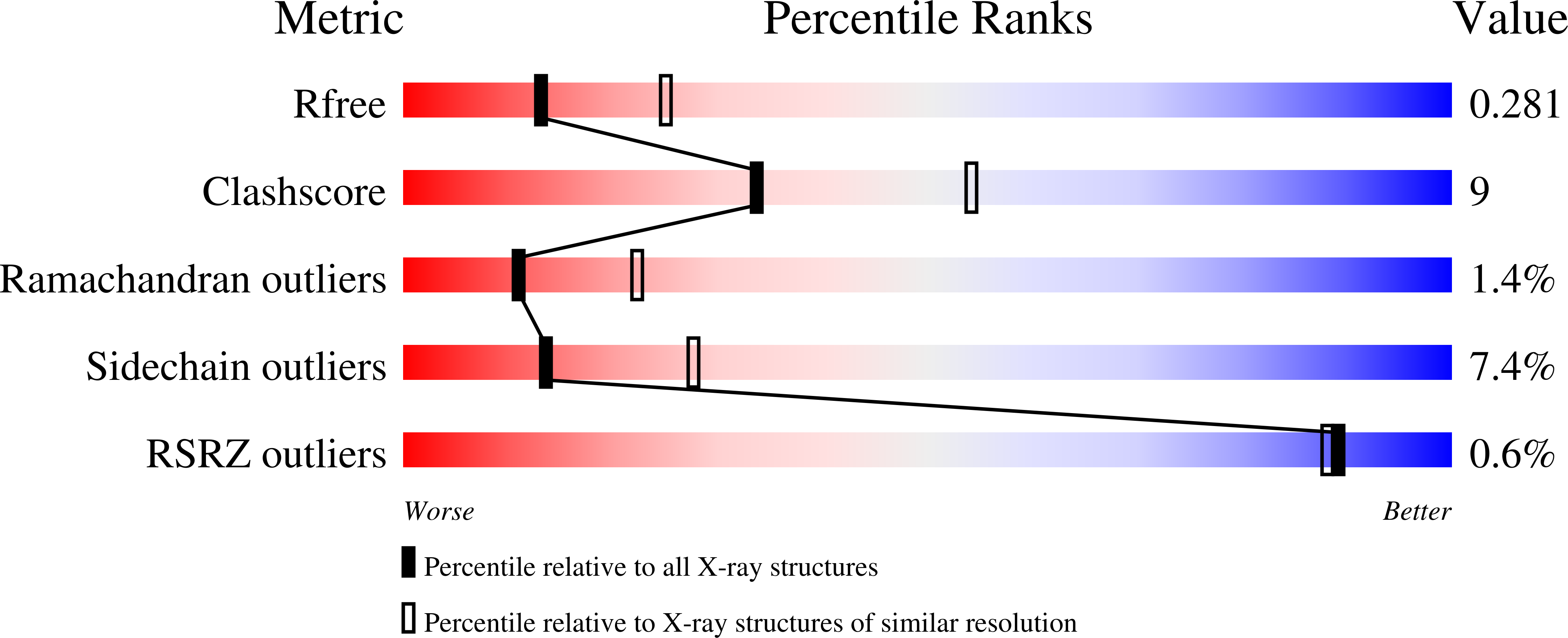
Deposition Date
2007-09-18
Release Date
2008-04-15
Last Version Date
2023-12-13
Entry Detail
PDB ID:
2VC5
Keywords:
Title:
Structural basis for natural lactonase and promiscuous phosphotriesterase activities
Biological Source:
Source Organism:
SULFOLOBUS SOLFATARICUS (Taxon ID: 2287)
Host Organism:
Method Details:
Experimental Method:
Resolution:
2.60 Å
R-Value Free:
0.28
R-Value Work:
0.22
R-Value Observed:
0.22
Space Group:
P 21 21 21


